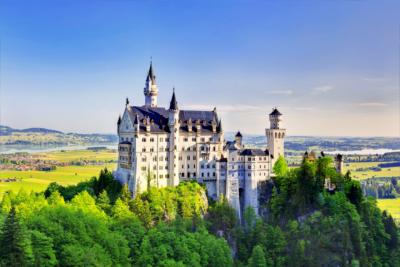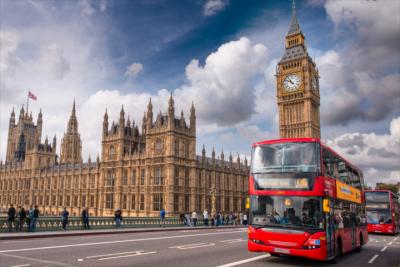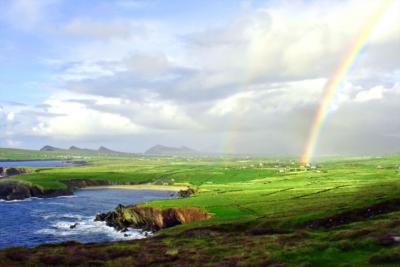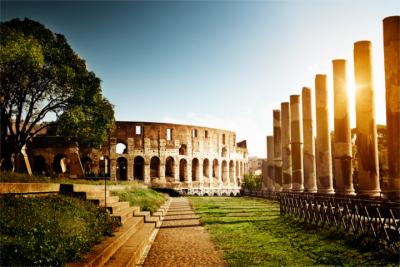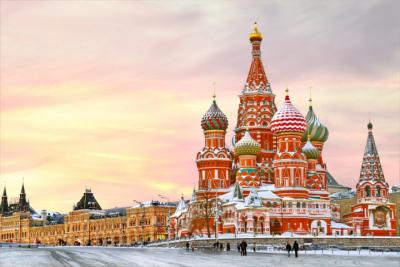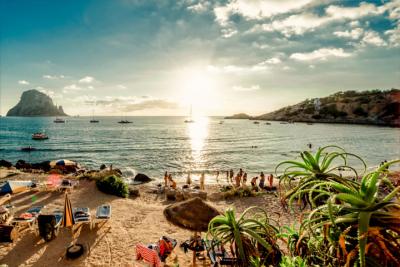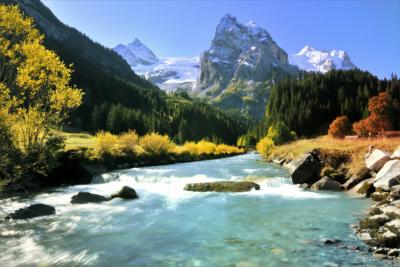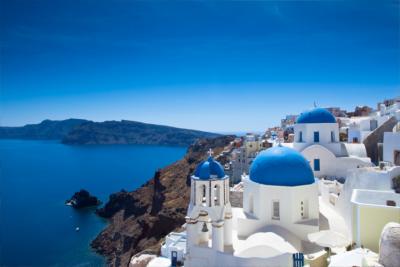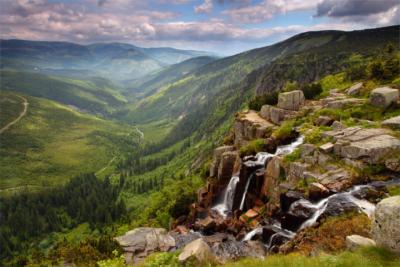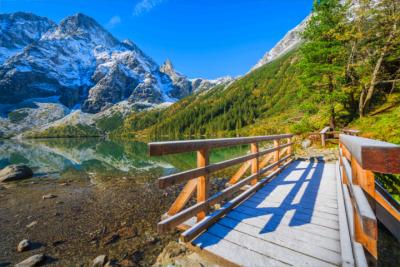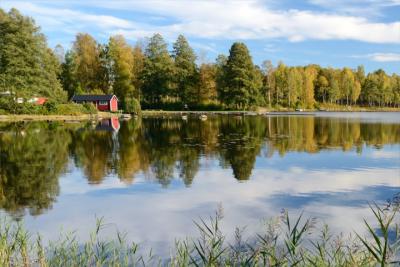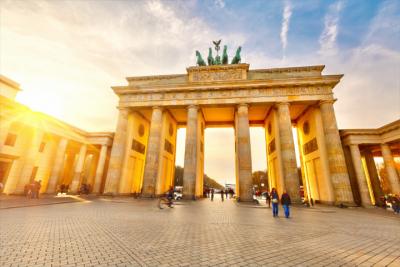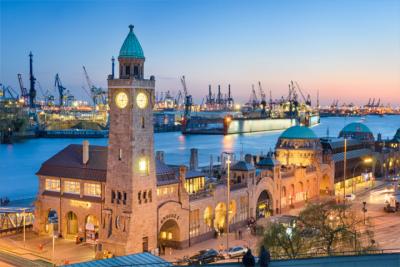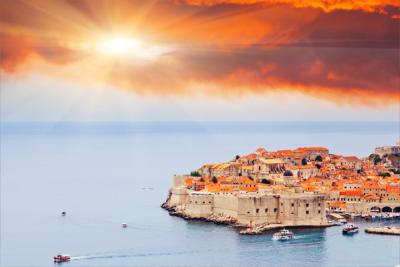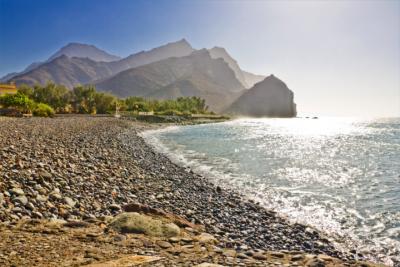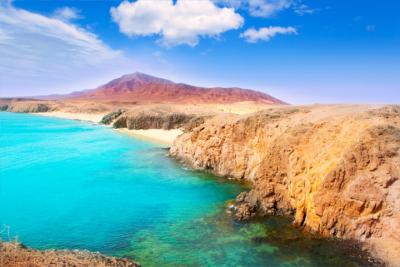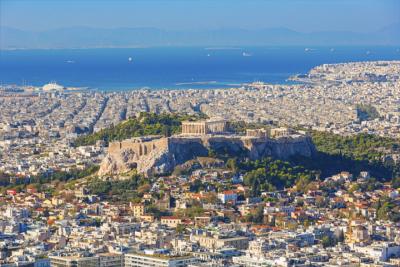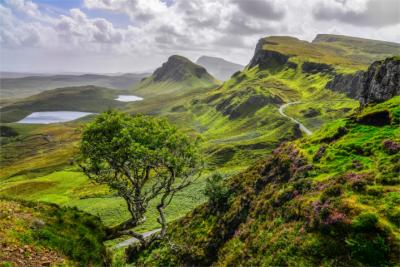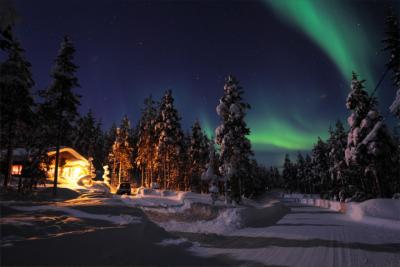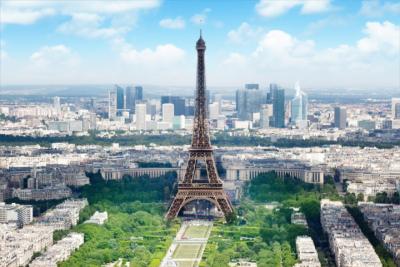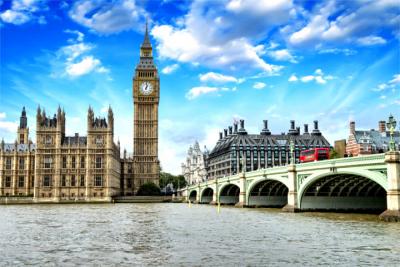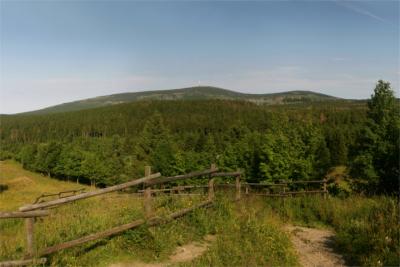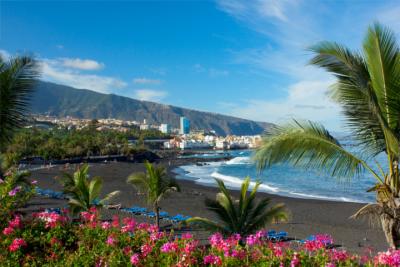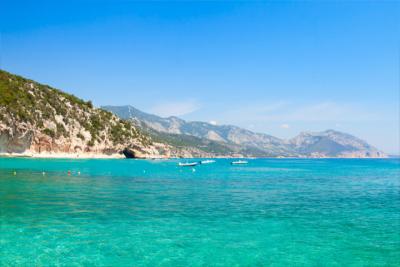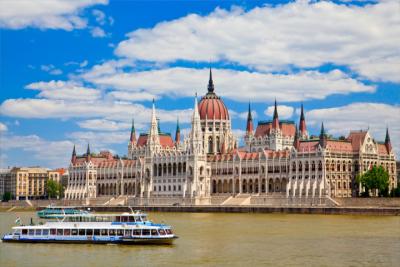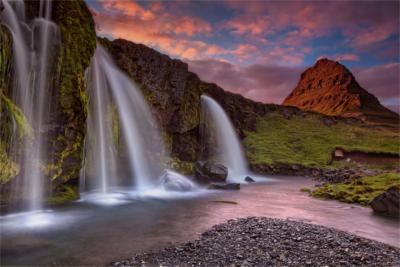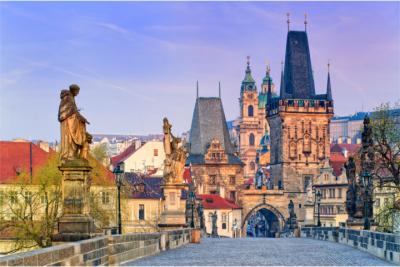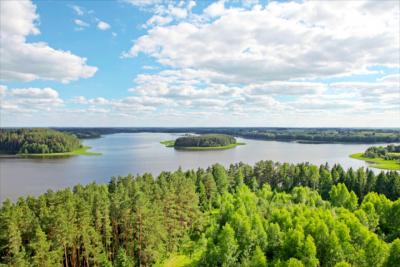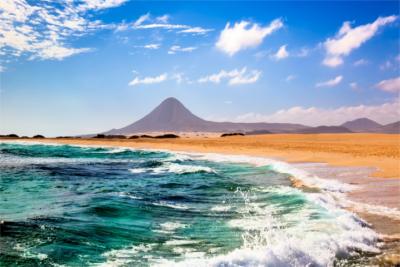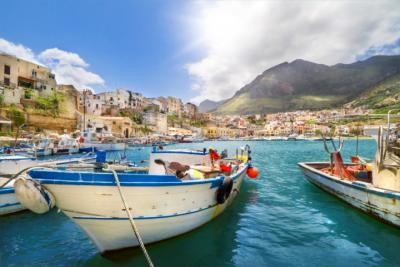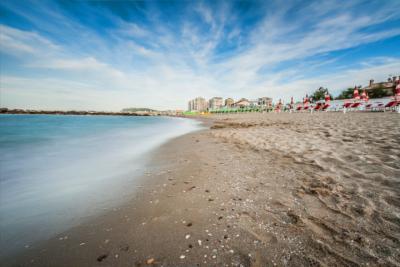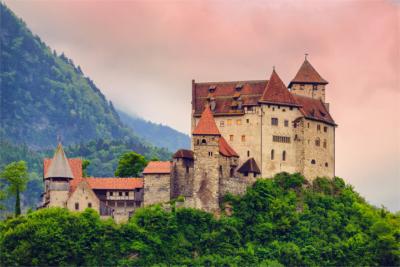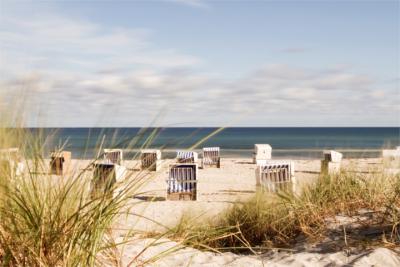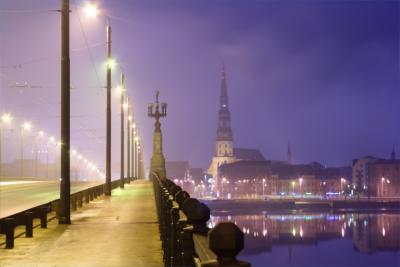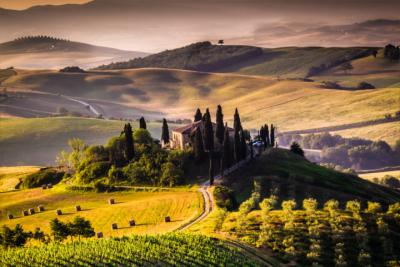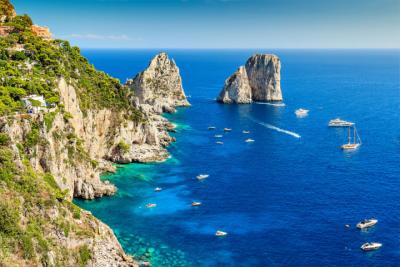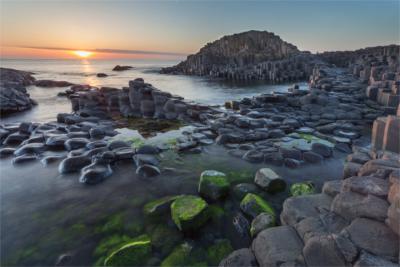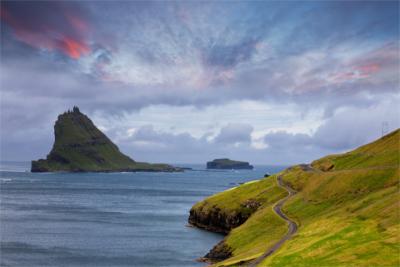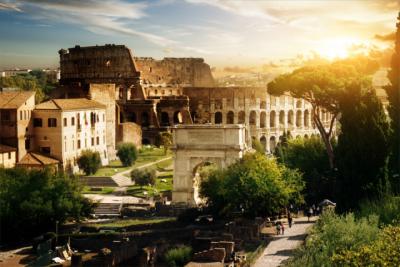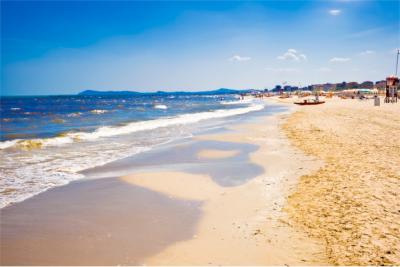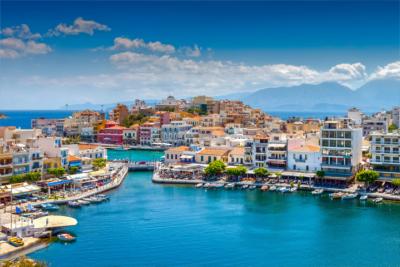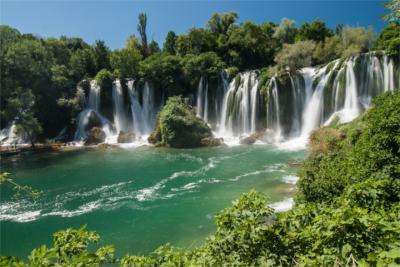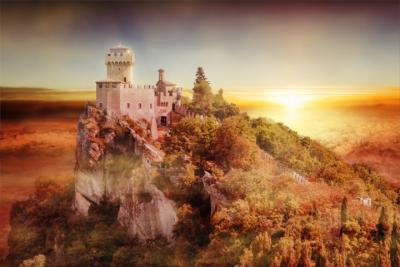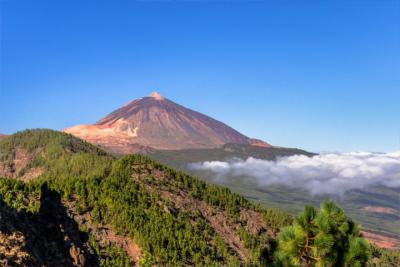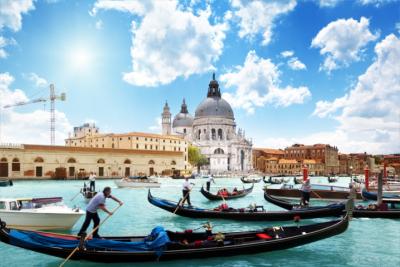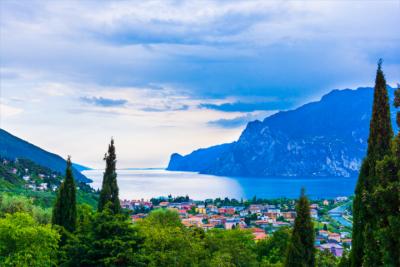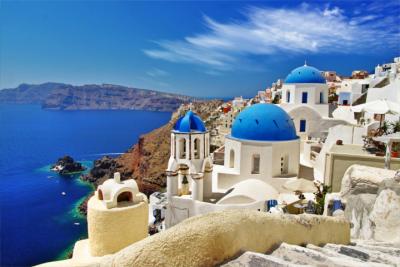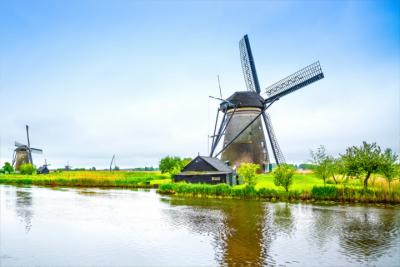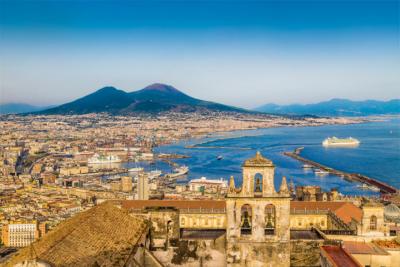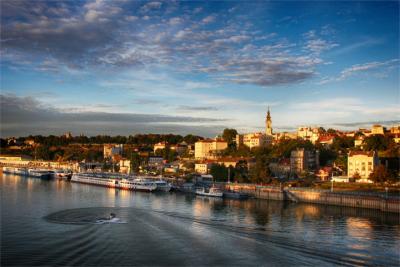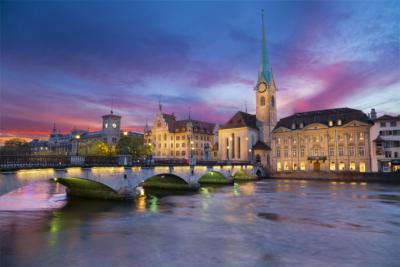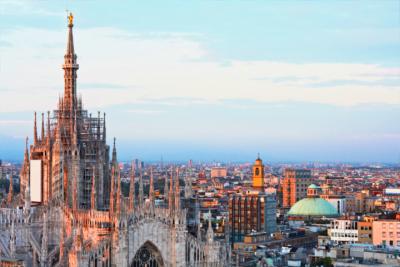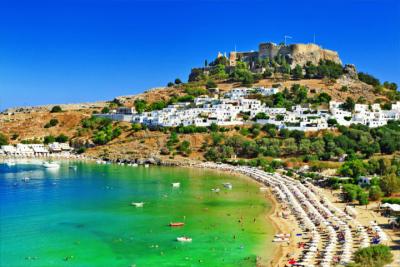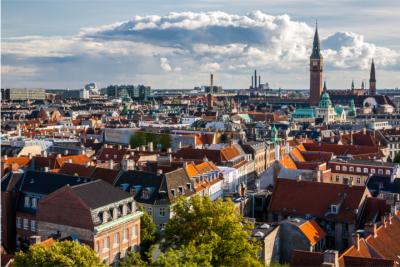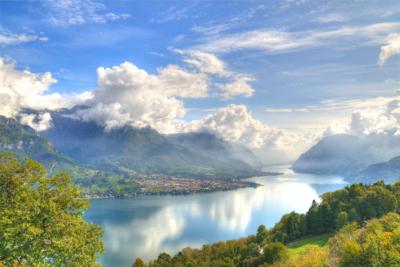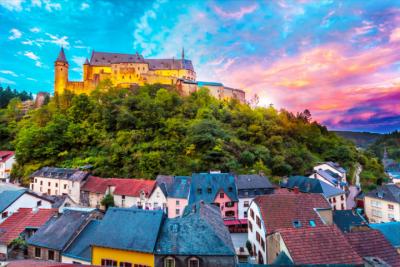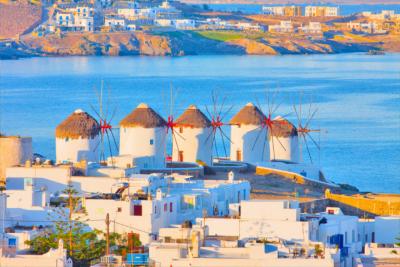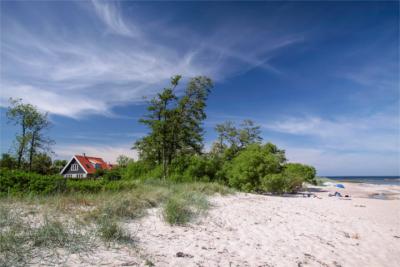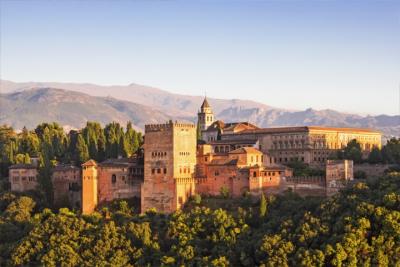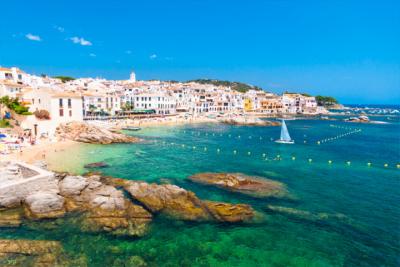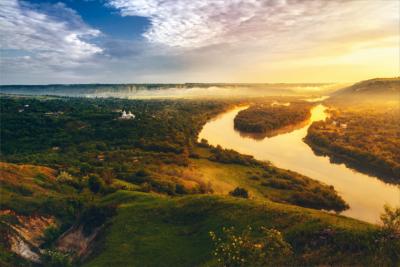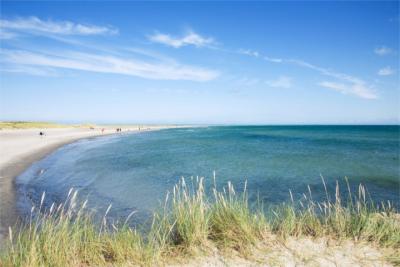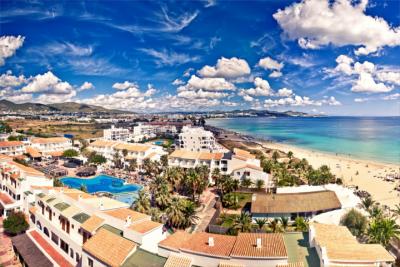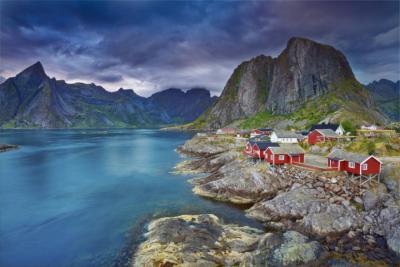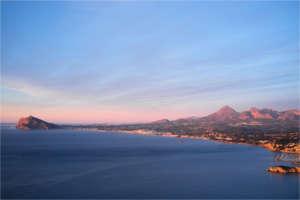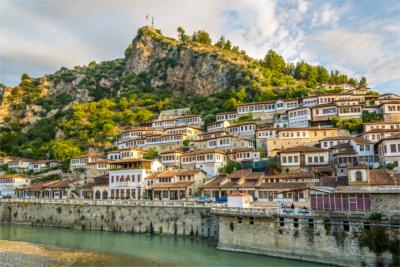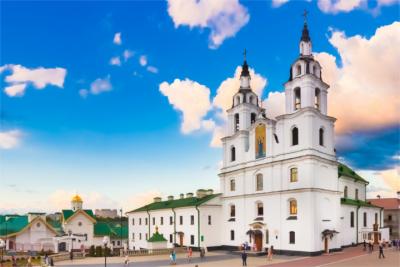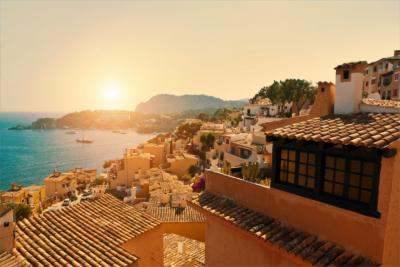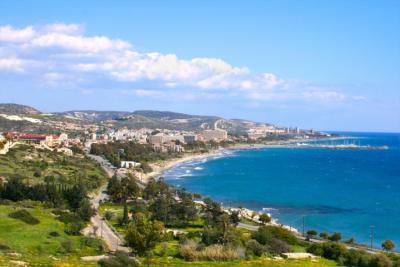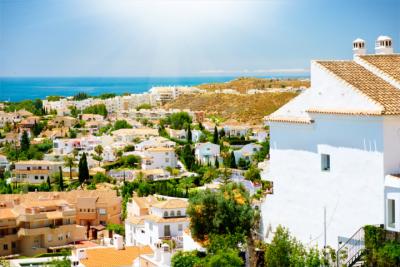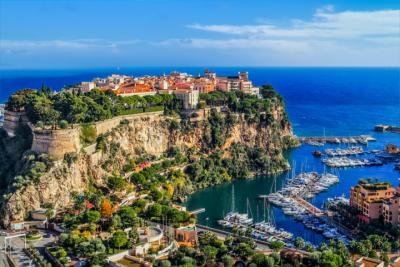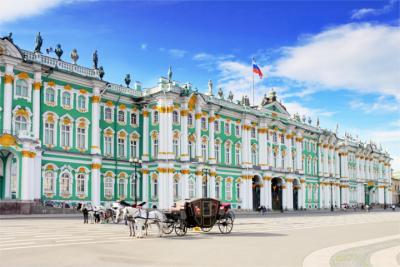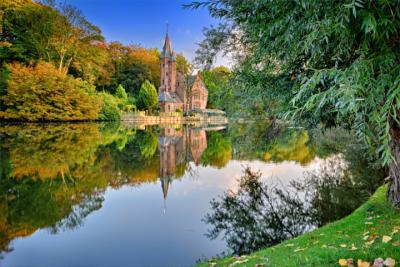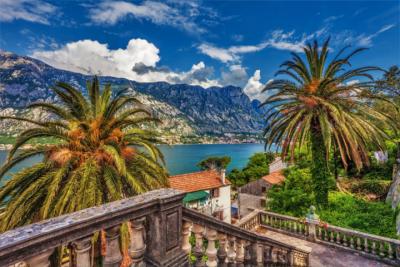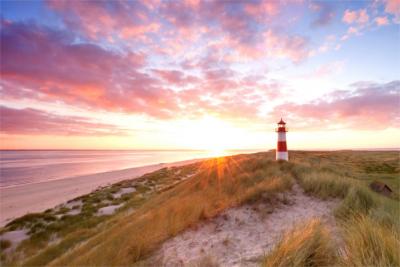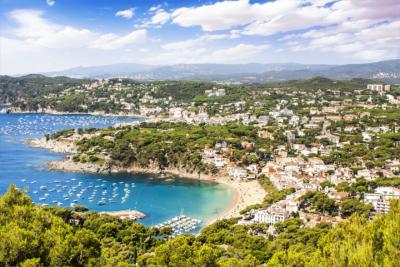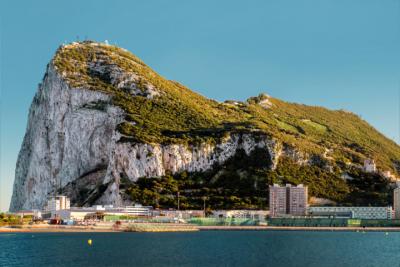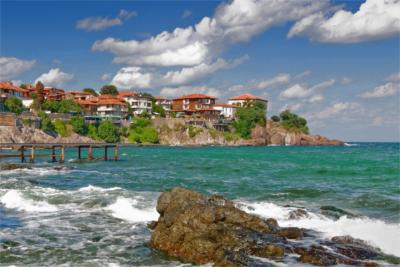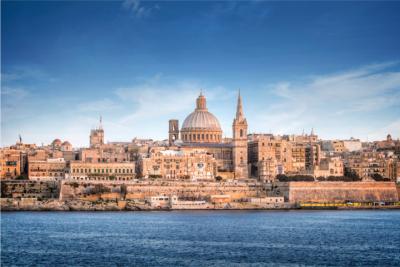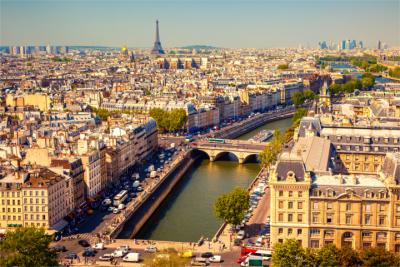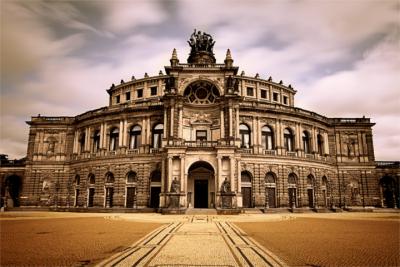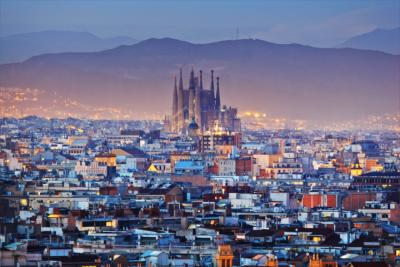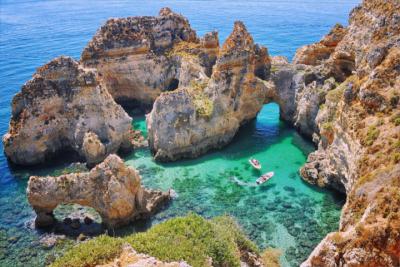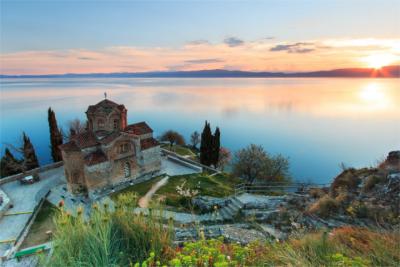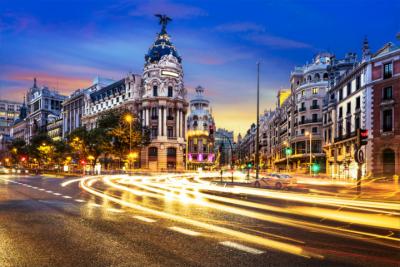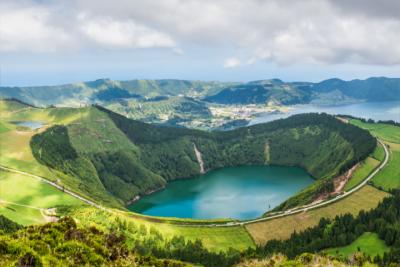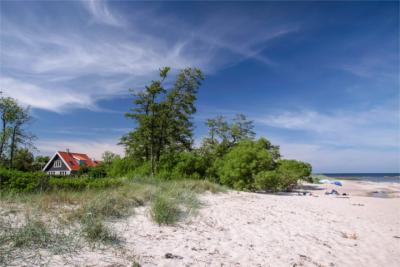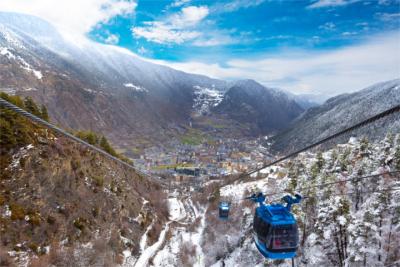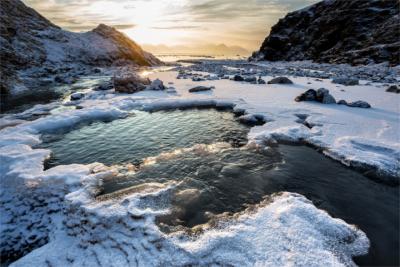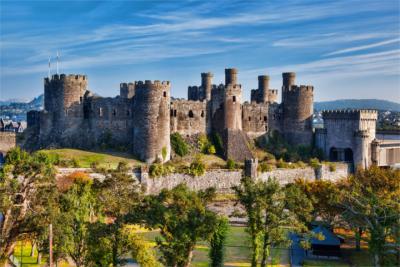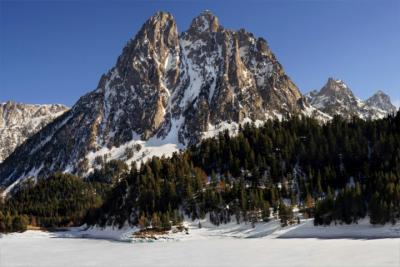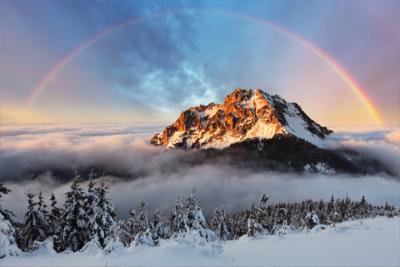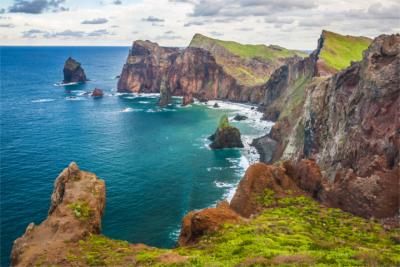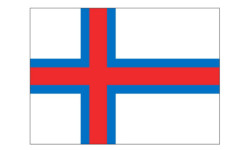Travel Offers
Travelmyne Featureprint
Distance
Faroe Islands - Welcome to the Northern Islands
The Faroe Islands are one of the most remote places in Europe. Their inhabitants are called Faroese and they still have the wild blood of the Vikings in their veins. The harsh coastal landscape and the unpredictable weather are equally wild and untameable.
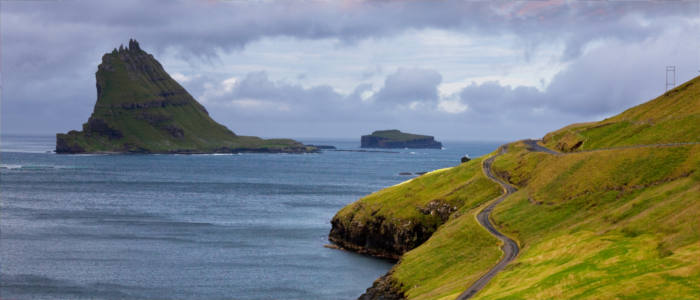
Geography - Europe's "weather factory"
The Faroe Islands are probably one of the least known regions in Europe. The 18 islands lie in the far north between Norway, Great Britain and Iceland. They constitute one of the autonomous countries within the Kingdom of Denmark and are located in the North Atlantic Ocean. Apart from one island, all islands are permanently inhabited. The most important island of Streymoy accommodates the capital of Tórshavn. The Faroe Islands are also referred to as "Europe's weather factory". Their mostly very humid maritime weather is extremely changeable and often ranges from wintry cold to summery warm within a few hours. However, it does not actually get warm in summer because there is a lot of rain and even more fog. Storm gusts may occur and the islands are often covered in snow in winter.
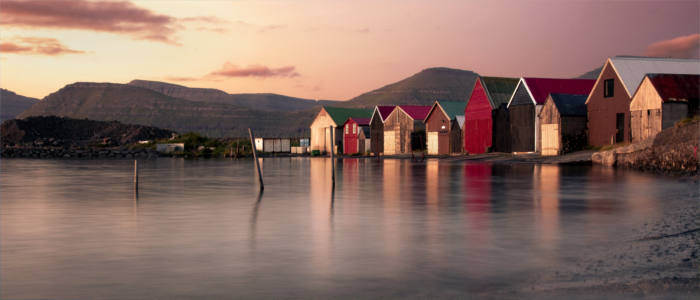
Nature - Fjords, waterfalls and puffins
The origin of the archipelago can be traced back to volcanic activity in the Atlantic Ocean. The changeable millions of years have characterised the islands' scenery. Ice from the last ice age shaped the present-day fjords and bays. The coast is very rugged with steep cliffs. The sea is ever-present. No matter where you stand, the Atlantic Ocean is never more than five kilometres away. Within the islands, the panorama is dominated by marshy valleys and sharp-edged low mountain ranges. The areas which are less hilly consist of lushly green grassland. The colourful puffins stand out in this environment. You also see a lot of sheep here. According to statistics, there are more than 100,000 sheep for every 50,000 Faroese. They quench their thirst at the smooth courses of streams, which fall down the cliffs into the sea as roaring waterfalls a few kilometres later.

Natural sights - The highest cliff and the best view
The nature on the Faroe Islands is an extraordinary phenomenon. Cape Enniberg is particularly impressive. Its height of 754 metres makes it the highest cliff on earth, which protrudes from the sea vertically. Another record is set by the mountain of Slættaratindur (882 m). Travellers who reach its peak and have the best visibility conditions can see the Icelandic glacier Vatnajökull from here. The mountain made it into the list of world records for the longest sight line. The islands' volcanic past is still apparent from the last thermal spring of Varmakelda.

Culture - Vikings by blood
The Faroe Islands have belonged to Denmark since the Middle Ages but the Faroese do not feel Danish. They consider themselves an independent nation with the blood of the Vikings in their veins. Vikings once settled on the islands and their ancestors still feel the spirit of that period in the past. Besides Danish, Faroese is an official language on the islands. As a mix of Norwegian and Icelandic, the Faroese constitute the smallest language family on earth. Like Greenland, the Faroe Islands are an autonomous nation within the Kingdom of Denmark. Their population lived on sheep farming and wool production for centuries. Nowadays, fish is the most important export product. In addition, they have one of the oldest parliaments in the world, the Løgting.

Cultural sights - The grass houses in the capital
The capital of Tórshavn on Streymoy is close to the sea like most towns on the islands. It is one of the world's smallest capitals but it still has its own international airport. Its old town is particularly charming. The rooftops which are overgrown with grass are from the 17th and 18th century. Many poets and musicians were born in this creative city.
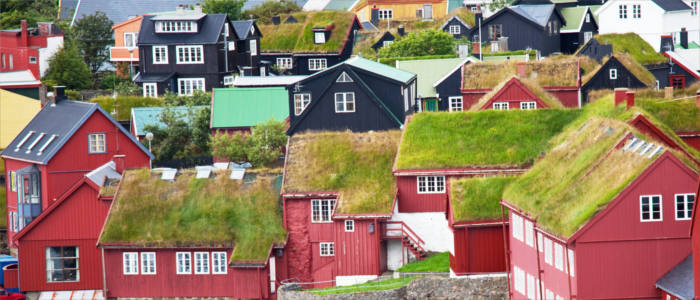
Experience - Nightlife in Tórshavn
If you want to experience the Faroe Islands, you need to get to know their landscape. The islands' inhabitants are as authentic as the fjords and mountains or the lighthouses and cafes at the harbour, where you can have a piece of apple cinnamon pie. The next speciality from the island is nothing for animal lovers. The sweet puffins are often served for dinner. After you have had a delicious meal, you are ready to experience Tórshavn's nightlife. Numerous bars, pubs and clubs are opened until the last customer goes home. And if you still do not fell like going to bed at 4 a.m., you can continue the party in the street.

Activities - An adventurous island world
Sailing trips around the islands are popular with both the locals and visitors as is the wide network of hiking trails. If you travel into the mountains, you should keep an eye on the weather because it can change drastically within minutes. The fjords, waterfalls and rocks create a wonderful setting for an individual island adventure in the North Atlantic Ocean.

Information
The only airport is located on the island of Vágar, which is west of Streymoy. You reach the other islands by ferry, helicopter or boat. An even more comfortable way is the subsea tunnel, which can be used by car or bus. English is commonly used as a foreign language.
Both adventurers and travellers who are looking for relaxation get their money's worth on the Faroe Islands. Their untameable landscape, cordial inhabitants and the fresh air promise an exciting travel adventure.

